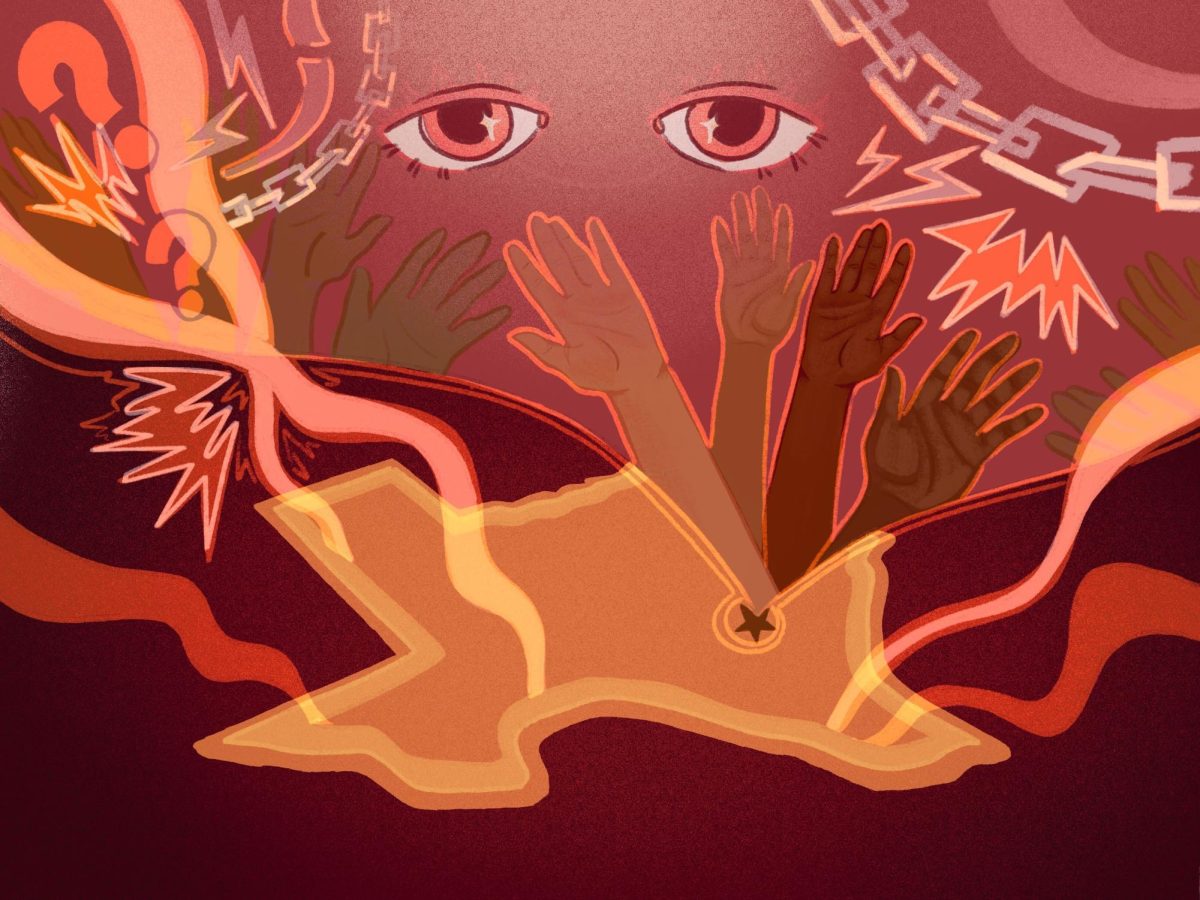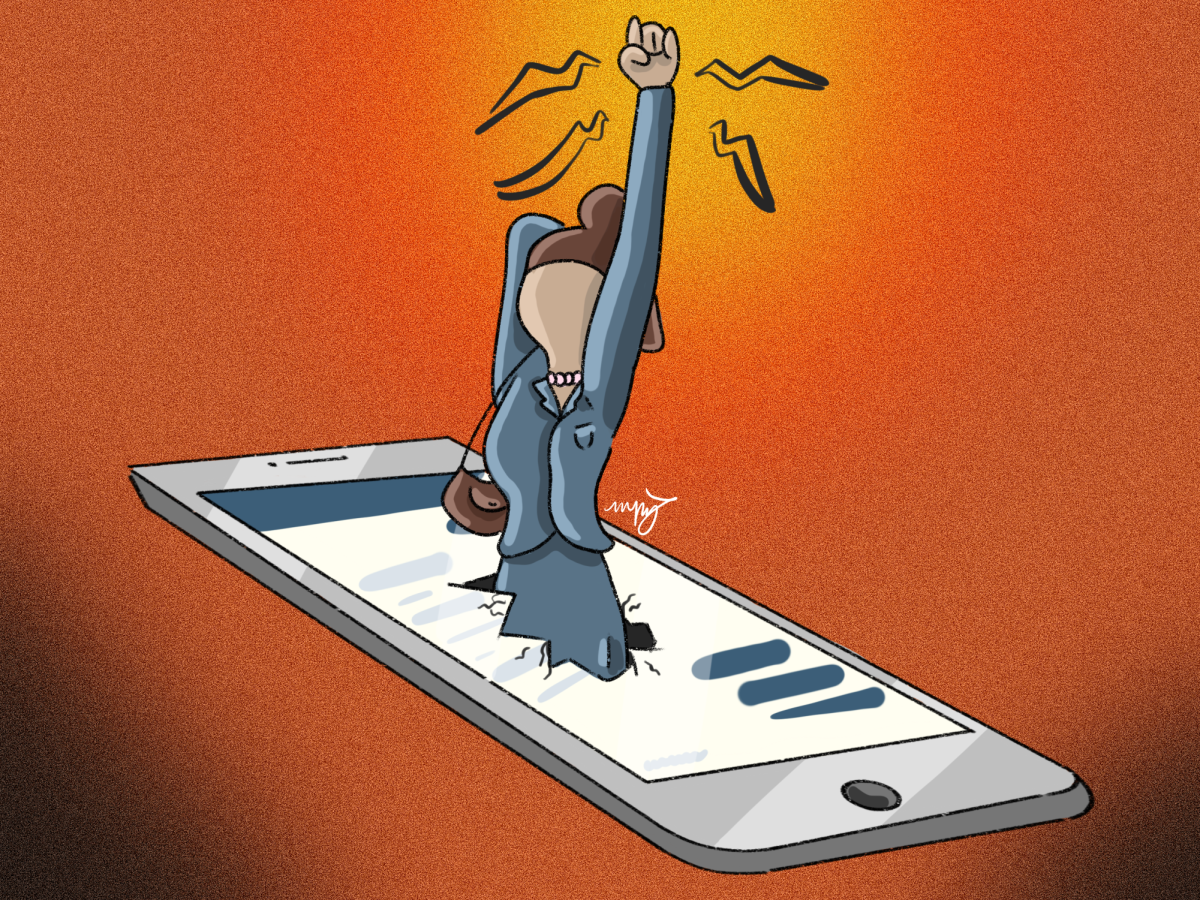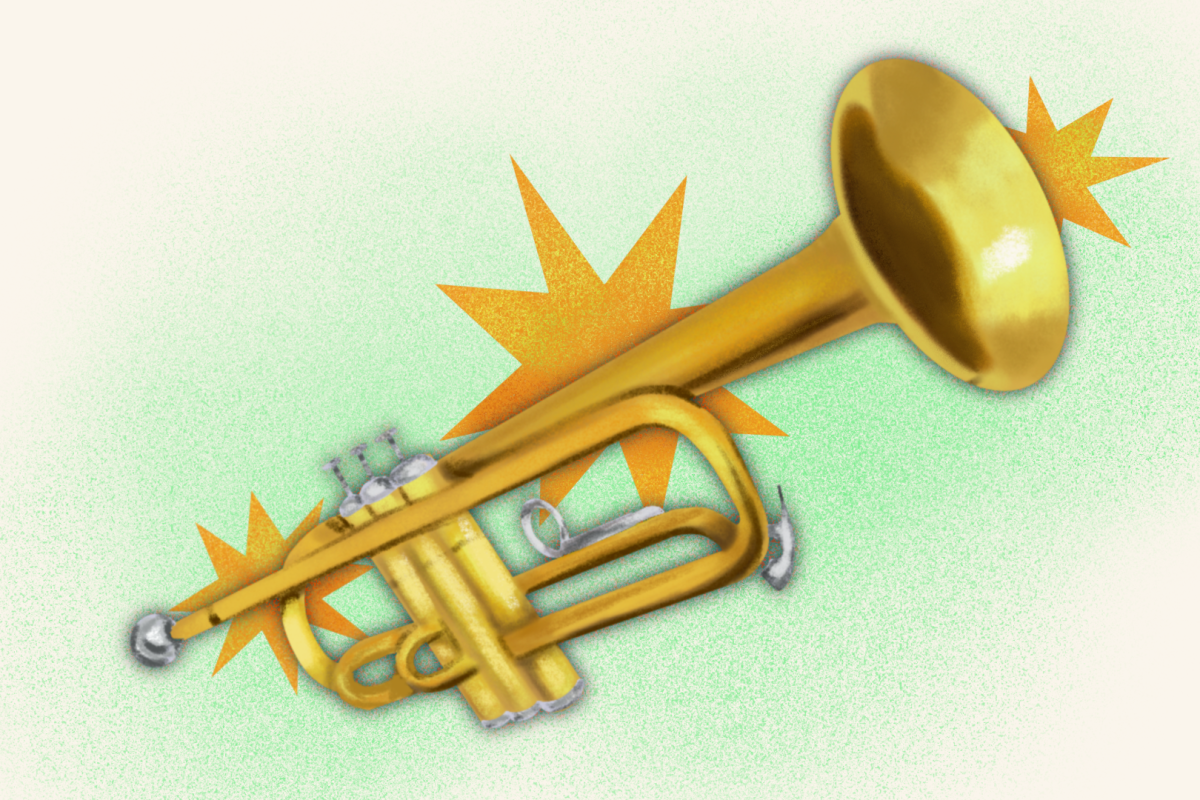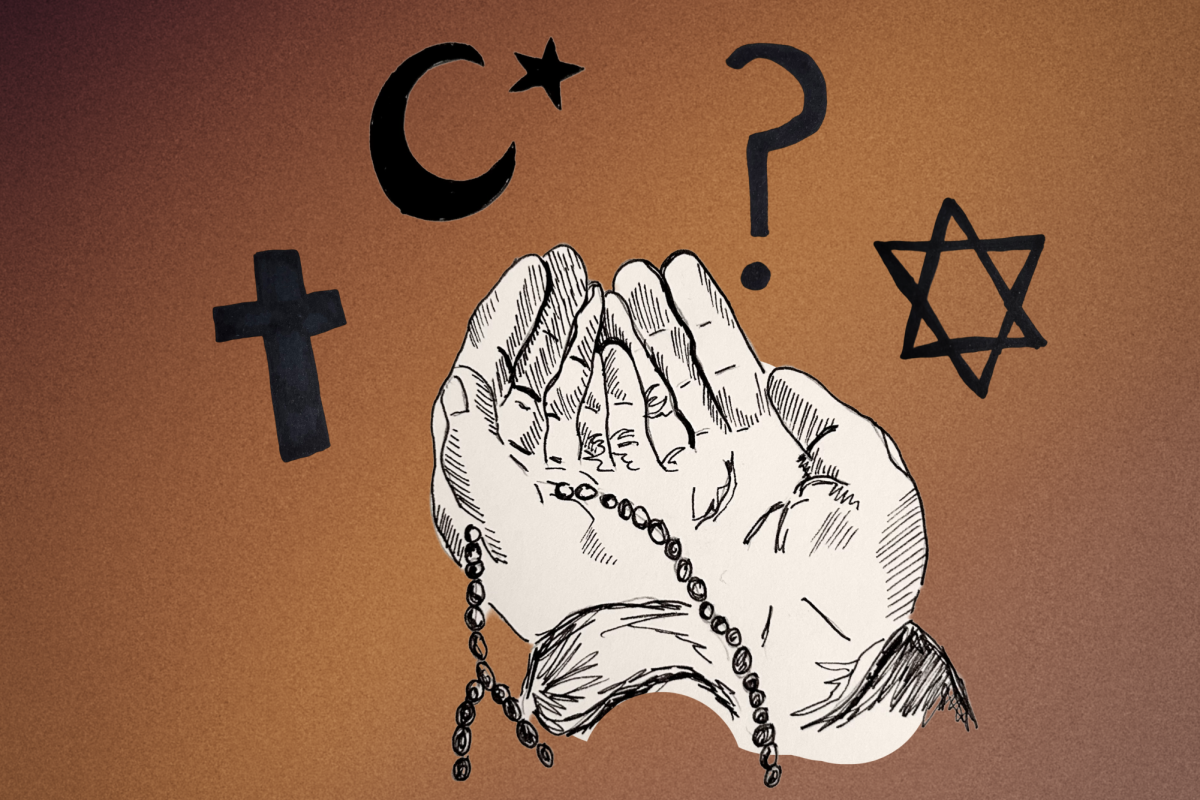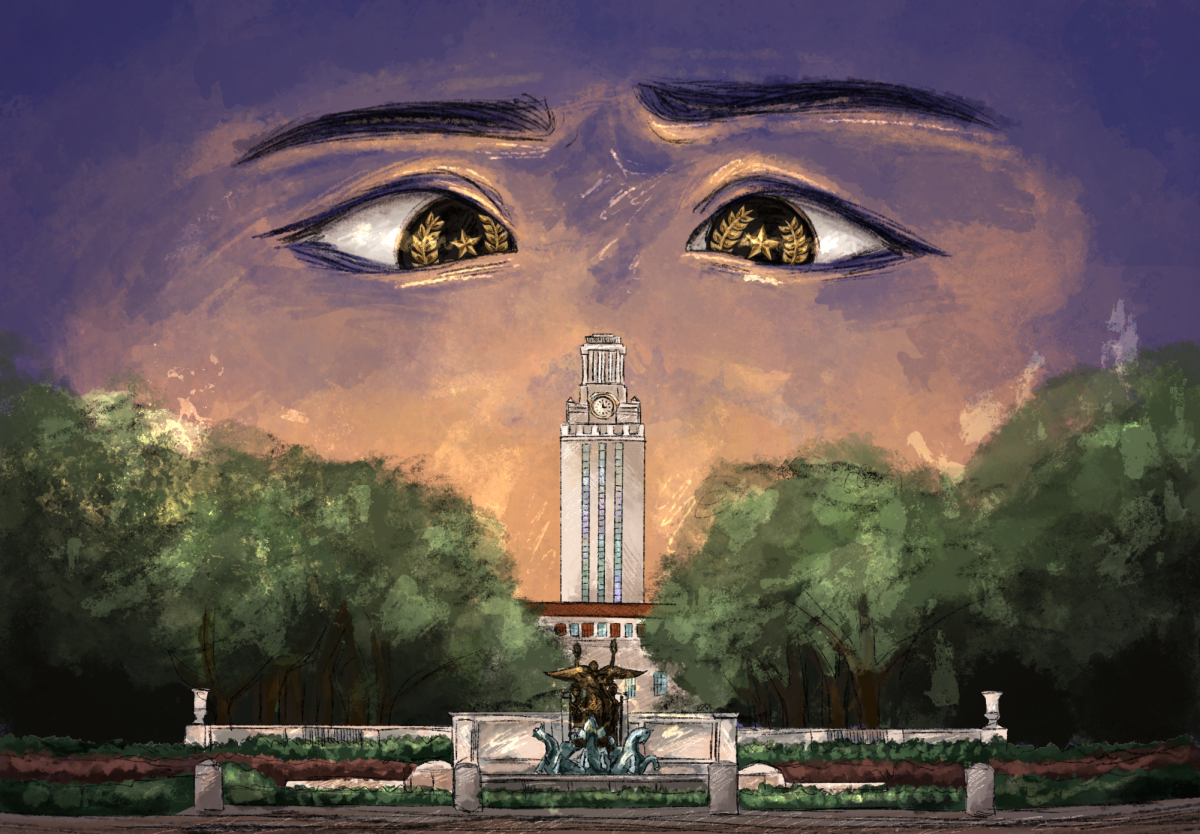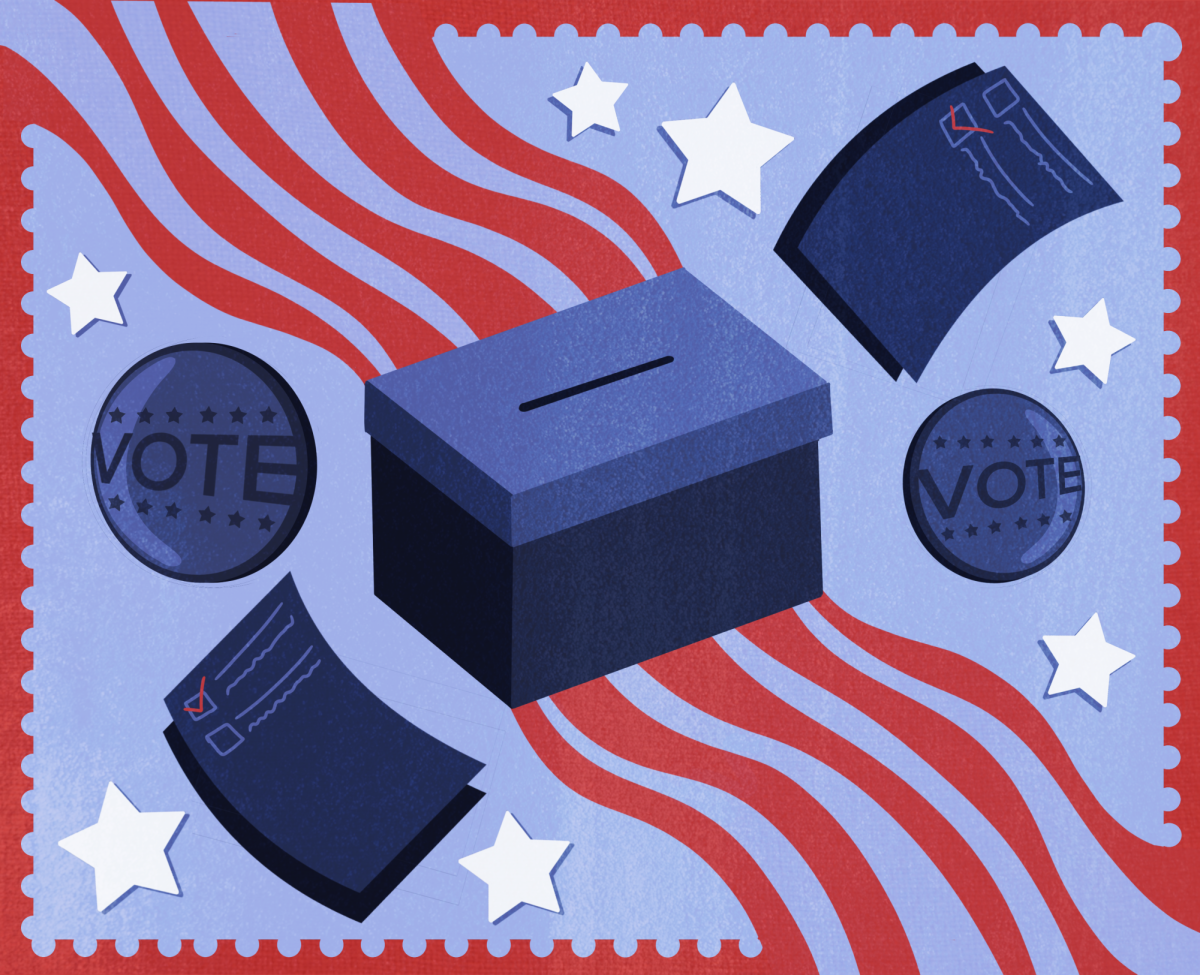Editor's note: Reprinted below is the original editorial from the Aug. 1, 1986 print edition of The Daily Texan.
“There was something wrong about him that suggested and expressed the all-American boy … (He) readily admits having overwhelming periods of hostility with a very minimum of provocation. Repeated inquiries attempting to analyze his exact experiences were not too successful, with the exception of his vivid reference to ‘thinking about going up on the tower with a deer rifle and start shooting people.’ ”
—Dr. Maurice Heatly, Student Health Center psychiatrist, on his one session with Charles Whitman
So. Twenty years ago today, a UT student named Charles Whitman made national headlines by going up to the top of the tower and methodically gunning down anyone who happened to be walking around on campus.
Until July 1984 — when James Huberty shot up a McDonald’s in San Diego — it was the biggest mass murder in American history. In all, 16 people died in the shootings, and 31 were wounded.
And most of us who are attending the University today are too young to remember any of it. So we learn what we can about the incident through 20th anniversary retrospectives.
But what is there to learn?
Sure, we can piece together some kind of semi-coherent picture of what happened Aug. 1, 1966. There’s no problem understanding the scale of the tragedy.
Still, for students who attend the University 20 years later, what’s the significance of Charles Whitman?
We’re looking back on it now for the most obvious reason: a killing spree that was once the biggest in American history happened on this campus. That’s why we need 10, 15, 20-year retrospectives.
And yet, you expect something more than a memory jogger.
With most retrospectives on cataclysmic events — Hiroshima, JFK, etc. — you expect to do more than just remember that the event happened. You expect to look back over the time that has passed since the event, trying to figure out what has changed since the event and what we learned from it.
The Hiroshima stories last year caught us up on how the world has changed in 40 years of the nuclear age. Kennedy assassination stories remind us how the event ended America’s “age of innocence” and plunged us into the turmoil of the late 1960s and early 1970s.
And when the Challenger retrospectives start coming out, we’ll be reading — again — about how the subsequent investigations revealed NASA to be an enormous, decaying bureaucracy. Plus, we’ll have the benefit of a few years to show us how NASA either worked its problems out or became extinct.
What has changed at the University since 1966? The tower observation deck has been closed. That’s about all that could change.
So what are we supposed to learn from Whitman?
Mostly, what we have learned over the last 20 years is what led to this particular incident. Charles Whitman’s father raised him around guns, and he qualified as a sharpshooter during a stint in the Marines. That gave him a tool for his final, violent outburst — the one he warned the Student Health Center psychiatrist about.
What led to the outburst? There’s any number of theories. He hated his father for putting so much pressure on him. He’d had a number of aggressive outbursts before. Maybe the brain tumor caused him to lose control. Maybe he used too many amphetamines.
The only way we would be learning a lesson from the Whitman case, though, is if we could apply the case to help us figure out how to avoid a similar tragedy in the future.
But we can’t.
There are other people who, like Whitman, have been raised around guns. They may be under constant pressure. They may have violent tendencies. Nothing you can do about that.
They may even be giving warning signs of cataclysmic outbursts to psychiatrists, who will ignore them because they hear them every day. Even if psychiatrists could prevent every potentially violent patient from turning violent, there is no way to prevent errors in judgment.
The only lesson we can learn from the Whitman tragedy is exactly what we knew when we started — it can happen anywhere, at any time, and it doesn’t always happen to someone else.
The cliché still holds. You’d think a tragedy of this scale would teach us something more, but it doesn’t.



